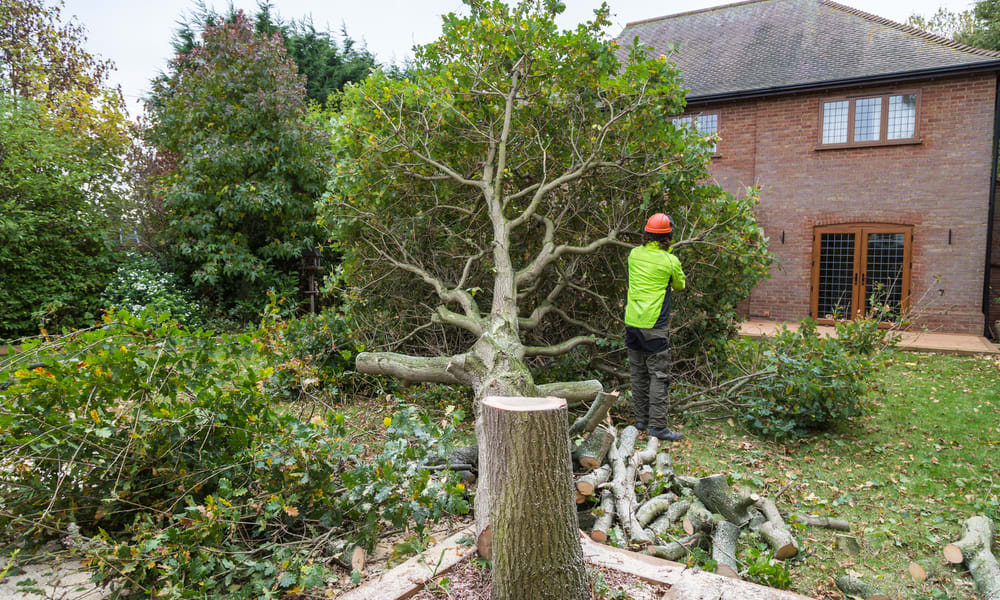Explore Wood Shredder Machine Prices Before Making Your Choice
Wood shredder machines represent a significant investment for businesses, contractors, and property managers dealing with substantial amounts of wood waste. These powerful industrial machines transform branches, logs, and wood debris into manageable chips or mulch, but prices can vary dramatically based on size, power, and features. Understanding the cost landscape before making your purchase decision ensures you select equipment that matches both your processing needs and budget constraints.

What Are the Main Types of Wood Shredder Machines?
Wood shredder machines come in several distinct categories, each designed for specific applications and volume requirements. Drum chippers use a rotating drum with cutting knives to process material, making them ideal for continuous operation and high-volume processing. Disc chippers feature a large spinning disc with mounted blades, offering superior chip quality and consistency for commercial applications.
Hammer mills utilize swinging hammers to pulverize wood into smaller particles, perfect for creating fine mulch or bedding material. Tub grinders represent the heavy-duty option, featuring a horizontal grinding chamber that can handle entire trees and large debris piles. Mobile units mounted on trailers or tracks provide flexibility for job sites, while stationary models offer maximum power and processing capacity for permanent installations.
Understanding Typical Price Ranges for Wood Shredders
The wood shredder market spans an enormous price spectrum, from compact residential units to massive industrial processors. Small electric chippers suitable for homeowners and light commercial use typically range from $3,000 to $15,000. Mid-range PTO-driven units that connect to tractors generally cost between $15,000 and $50,000, depending on processing capacity and build quality.
Professional-grade self-powered units with diesel engines command prices from $50,000 to $200,000, while large tub grinders and industrial processors can exceed $500,000 to over $1 million for the most powerful models. Track-mounted mobile units with advanced features often fall into the $300,000 to $800,000 range, reflecting their sophisticated engineering and versatility.
Key Factors That Affect Price in Wood Shredder Selection
Multiple variables significantly impact wood shredder pricing beyond basic size and power considerations. Engine specifications play a crucial role, with larger horsepower ratings and tier-compliant diesel engines adding substantial cost. Processing capacity measured in tons per hour directly correlates with price, as higher throughput requires more robust components and engineering.
Mobility features such as tracks, road-worthy trailers, or self-propelled systems increase costs but provide operational flexibility. Advanced control systems, automated feed mechanisms, and safety features contribute to higher prices while improving efficiency and operator protection. Brand reputation and manufacturing quality also influence pricing, with established manufacturers typically commanding premium prices for proven reliability and comprehensive support networks.
Essential Maintenance and Durability Considerations
Long-term ownership costs extend far beyond the initial purchase price, making maintenance requirements and durability crucial factors in your buying decision. Cutting components including knives, hammers, and screens require regular replacement, with costs varying significantly based on material quality and operating conditions. High-quality steel components may cost more initially but often provide extended service life and better performance.
Engine maintenance represents another significant ongoing expense, particularly for diesel-powered units requiring regular oil changes, filter replacements, and periodic overhauls. Hydraulic systems in advanced units need routine fluid changes and component inspections to prevent costly failures. Establishing relationships with local service providers and ensuring parts availability in your area helps minimize downtime and emergency repair costs.
Where to Buy Wood Shredder Machines and Compare Options
| Manufacturer | Model Type | Price Range | Key Features |
|---|---|---|---|
| Bandit Industries | Drum Chippers | $75,000 - $400,000 | High production rates, diesel engines, mobile options |
| Vermeer | Tub Grinders | $200,000 - $800,000 | Track units, advanced controls, large processing capacity |
| Morbark | Disc Chippers | $50,000 - $300,000 | Quality chip production, various power options, durable construction |
| Peterson Pacific | Horizontal Grinders | $150,000 - $600,000 | Versatile processing, fuel efficiency, operator comfort |
Prices, rates, or cost estimates mentioned in this article are based on the latest available information but may change over time. Independent research is advised before making financial decisions.
Wood shredder machines are available through multiple channels, each offering distinct advantages and considerations. Authorized dealers provide the most comprehensive support, including expert sizing assistance, financing options, warranty coverage, and ongoing service support. These partnerships often prove valuable for complex installations or specialized applications requiring custom configurations.
Equipment auctions and used machinery dealers offer opportunities to acquire quality machines at reduced prices, though buyer expertise becomes essential for evaluating condition and remaining service life. Online marketplaces expand your search radius but require careful verification of seller credibility and machine history. Leasing companies provide access to newer equipment with predictable monthly costs, though total expenses may exceed purchase prices over extended periods.
Selecting the right wood shredder machine requires balancing immediate budget constraints with long-term operational needs and costs. Thorough research into pricing, maintenance requirements, and supplier capabilities ensures your investment delivers reliable performance and acceptable returns. Consider visiting operating units when possible, consulting with current users, and obtaining detailed cost analyses from multiple suppliers before finalizing your decision.




